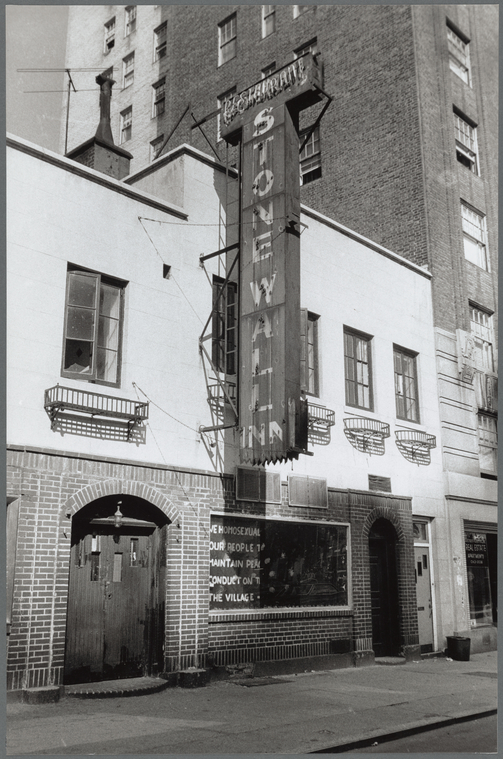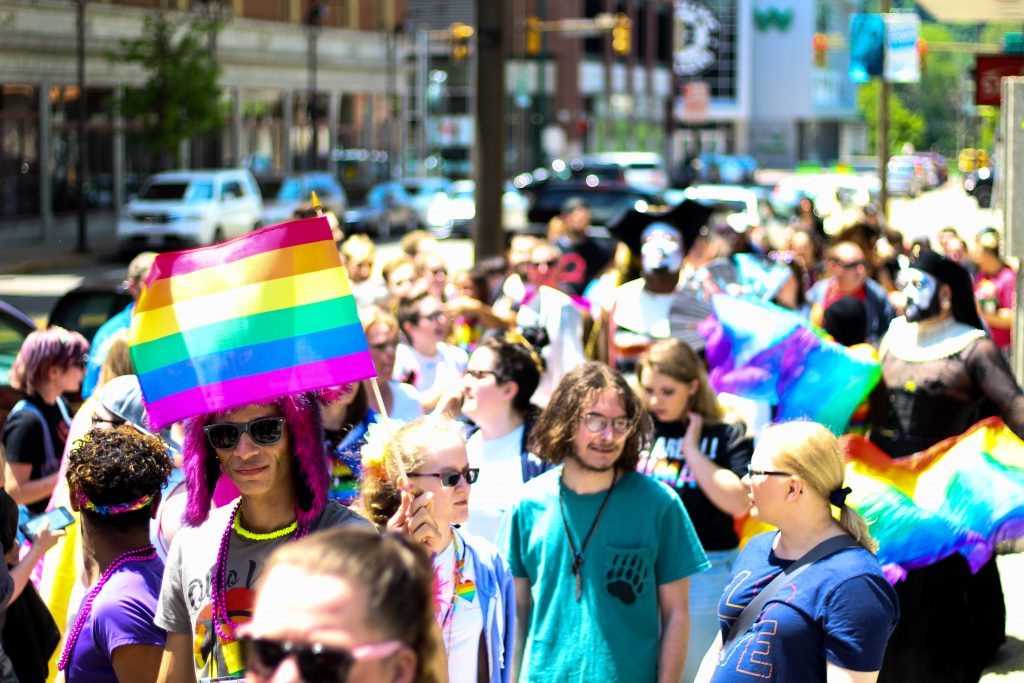Proud and Polite: Bringing Pride into the Workplace
June is Pride Month and I have put together some information as well as some suggestions on how you can incorporate Pride Month in subtle ways into your daily life both at home and at the workplace.
Why it matters
We spend so much of our lives in the office with our colleagues – many of us more than half of our waking hours. For the most part, we try to be our best and most productive selves. But tension can arise if you feel you must hide an important and authentic piece of yourself daily, and for some LGBTQ+ community members, this tension is an unfortunate part of their careers. (A quick note here: I’m using LGBTQ+ because it’s shorter and more user-friendly, but the term is always changing and evolving, and the intention is to be as inclusive as possible).
Whether we identify as part of the LGBTQ+ community or not, we all have a big role to play in creating our work environments, especially when it comes to developing awareness and empathy for LGBTQ+ communities in the workplace. This has the bonus of creating a ripple effect of a more inclusive environment not only for LGBTQ+ individuals, but for our entire team, and for LGBTQ+ communities outside of our workplace.
After a decade of research, the Human Rights Campaign published a study on LGBTQ+ workers. The study was performed in the United States and its findings may not be applicable across all cultures, but it gives some insight into the cost that hiding one’s true identity can have on an individual, as well as the benefits to employers and workers when workplace climates are more welcoming of LGBTQ+ people. A digital version of the study can be found here.

The Stonewall Inn. Image by Diana Davies, 1938, Photographer. via New York Public Library
What you can do
1. Learn your history
June was chosen as LGBTQ+ Pride Month because the Stonewall Riots occurred on June 28, 1969, 50 years ago this month. Many consider them
to be the beginning of the modern LGBTQ+ rights movement, as they triggered a movement across the U.S. for LGBTQ+ civil rights; however, this movement still continues today and we have a long way to go.
Canada also has its own history and turning points in the struggle for LGBTQ+ rights. The most well-known of these is the Toronto Bathhouse raids in February of 1981, which led to riots that have eventually resulted in Toronto having one of Canada’s most vibrant pride festivals. Montreal and Vancouver were the first two cities to host an official Pride march and festival.
Your own locale will have its own history of LGBTQ+ struggles and triumphs, so try to take some time to look it up and appreciate it.
2. Be an LGBTQ+ ally
Many of the suggestions below were taken from the Egale Canada Human Rights Trust Blog on How to Be an LGBTQ Ally
-
- Listen to experiences and perspectives of LGBTQ+ people
- Respect these experiences and perspectives
- Acknowledge their validity, even if you don’t understand them
- Be open to feedback about how your behaviour is impacting other people
- Don’t assume: how someone identifies; what their past experiences were; if they have a partner; or what gender their partner is
- Intervene when you witness offensive behaviour or language
- Be courageous! Don’t be afraid to learn, ask for more information, and provide support
- Apologize regardless of your intentions
3. Support LGBTQ+ art and culture
There is a whole calendar of events on the Calgary Pride website that usually fills up as the month goes on. Check out your own local listings for events you can attend, or just to find out what things are going on in your community.
You can also try watching some films with positive, complex depictions of LGBTQ+ life. Queer characters on the silver screen have historically been intro
duced as either comic relief or people tragically tortured by their identity. And though these roles are still ever-present in mainstream media, many independent films are paving the way for richer, truer representation. It’s important to realize that someone who identifies as LGBTQ+ has more to their identity than just their sexuality.

Image via Wikipedia.
Here is a handful of films that are all available on Netflix:
- The Way He Looks – A coming-of-age film about Leonardo, a blind teenager dealing with an overprotective mother, while trying to live a more independent life.
- Weekend – After a drunken house party with his straight friends, Russel heads out to a gay club. Just before closing time he picks up Glen, but what he expects to just be a one-night stand turns into something more.
- Paris is Burning – A film about New York’s drag scene in the 1980’s (in case you want to know where the phrases “Yaaas queen” and “throwing shade” really came from).
- Carol – The film adaptation of Patricia Highsmith’s lesbian romance novel.
- The Price of Salt – this film is said to be one of the best LGBTQ+ movies of all time.
There are also an increasing amount of shows and series, too many to list, that have positive depictions of LGBTQ+ individuals.
4. Visit the library
If reading is more your jam, try checking out the library for a variety of selected books supporting the LGBTQ+ community and related topics for both children and adults. Your local library may have curated an even larger selection!
5. Be critical of your workplace’s LGBTQ+ policies and norms
Are the restrooms at your workplace split by male and female genders only? Is there someone that consistently makes offensive gay jokes? Speak up! Tell them that’s not ok; that you don’t get it; that it’s not 1950 anymore.
Start to look at other actions that may unintentionally be excluding certain populations. For example: “Ladies and Gentlemen” could be changed to “Folks” or “Colleagues”. Paradigm has tweeted out a list of actions to recognize and include trans and non-binary folks if you feel like delving a little deeper.
6. Attend the Pride Parade
Many cities host a Pride Parade every year, some in June to coincide with Pride Month, some when the weather is a bit more predictable, and some when attendance will be higher. Whether you want to join in the fun and find a group to walk with, or just stand on the side and watch, it might the most fun you will have all year!

Thanks for taking the time to read this. I hope you’ve found it interesting and will take the time to incorporate at least one of the suggestions into your life.
Aysia Stante is a Planner in IBI Group’s Calgary office. She has a strong foundation in environmental management, Earth systems, and planning for sustainability. Aysia is applying her knowledge of sustainable practices and community development to a variety of projects from Flood Damage Assessment Studies to Community Engagement in her role at IBI Group.







